Introduction to Psychodynamic Theory in Social Work
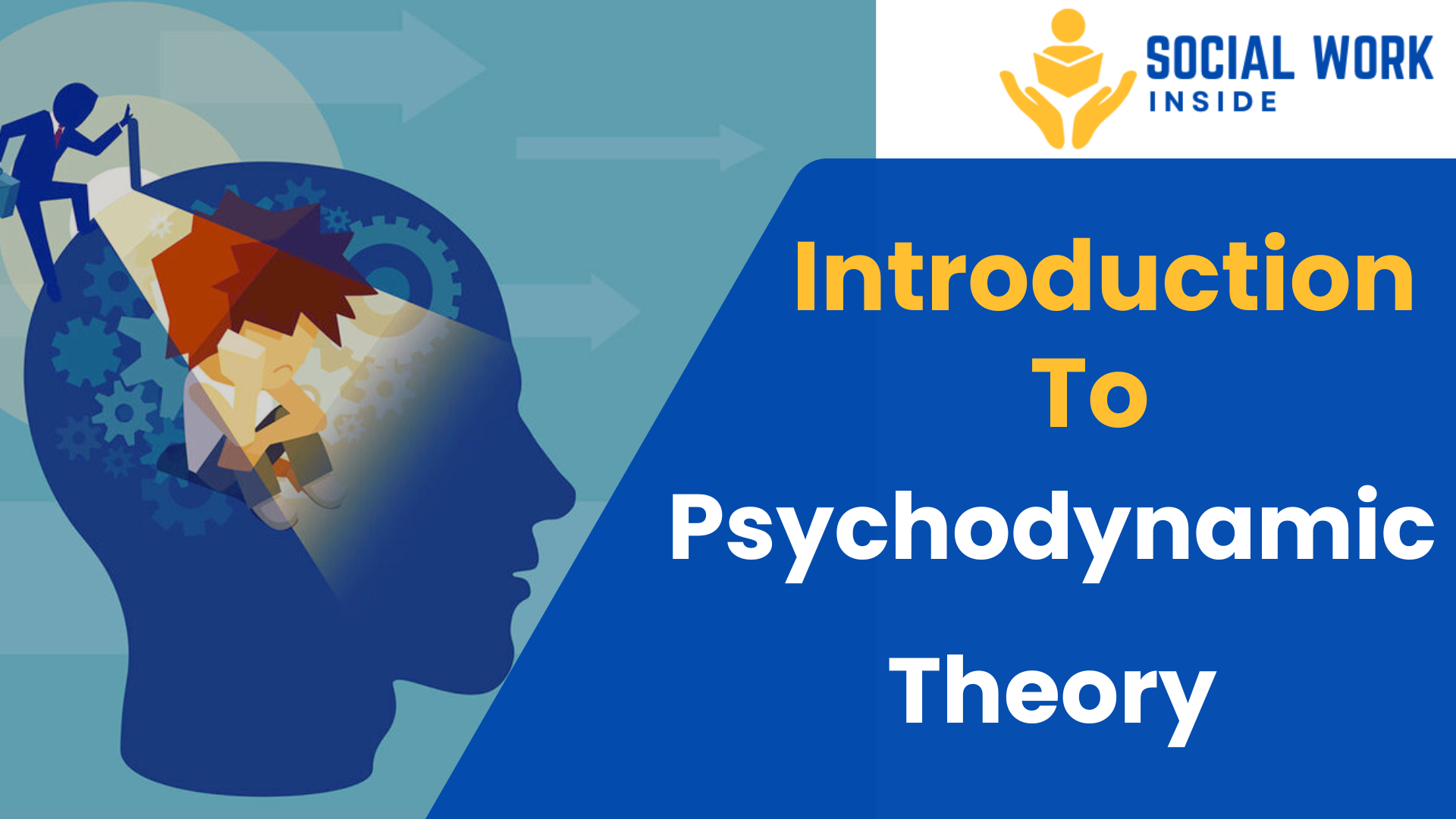
Social work is a meaningful profession where people help others. Social workers support individuals facing challenges such as trauma, mental health struggles, job loss, discrimination, and more. With the right education and training, social workers learn how to guide and encourage their clients through counseling and social services.
One of the key ideas in social work is psychodynamic theory. Originally developed by Sigmund Freud, this theory has been expanded by many experts over the years. Also called psychoanalytic therapy, psychodynamic theory helps people understand their feelings and behaviors by exploring their past experiences and hidden emotions. Through discussions with a social worker, clients can gain confidence, make better decisions, and build healthier relationships.
What is Psychodynamic Theory?
Psychodynamic theory is based on the idea that people’s thoughts, emotions, and behaviors are often shaped by their past, even if they are not aware of it. Freud believed that childhood experiences play a big role in how a person feels and acts as an adult.
Today, psychodynamic theory has evolved into a set of ideas that help social workers and therapists guide their clients. Some common methods used in psychodynamic therapy include:
- Talking therapy – Clients share their thoughts and feelings in a safe space.
- Dream analysis – Dreams may give clues about a person’s inner thoughts.
- Free association – Clients say whatever comes to mind to discover hidden emotions.
- Transference – Clients may express feelings toward their therapist that reflect past relationships, helping them understand their emotions better.
How Psychodynamic Therapy is Different from Other Therapies
Modern therapies often focus on solving specific problems. For example, Cognitive Behavioral Therapy (CBT) helps people manage anxiety or stress by teaching them ways to change negative thoughts.
Psychodynamic therapy, however, looks at the bigger picture. Instead of just fixing symptoms, it helps people understand themselves on a deeper level. It explores personal motivations, emotions, and past experiences to create lasting change. While some therapies focus on changing behaviors, psychodynamic therapy focuses on understanding emotions and past influences to build a happier, healthier life.
The Psychodynamic Diagnostic Manual (PDM)
To diagnose and support mental health conditions, professionals use the Diagnostic and Statistical Manual of Mental Disorders (DSM-5-TR). However, the Psychodynamic Diagnostic Manual (PDM) was introduced in 2006 as an alternative. This guide helps social workers and therapists better understand their clients by considering their personality, emotional health, and experiences rather than just symptoms.
Several professional organizations support the PDM, including:
- The American Psychoanalytic Association
- The International Psychoanalytical Association
- The American Academy of Psychodynamic Psychiatry and Psychoanalysis
Also Read it: Important Theories and Practice Models Used in Social Work
This approach helps therapists see the whole person rather than just a diagnosis, making therapy more effective and personal.
The Development of Psychodynamic Theory
Psychodynamic theory has grown and changed over time, thanks to many psychologists who have added their insights. It is now divided into four key ideas:
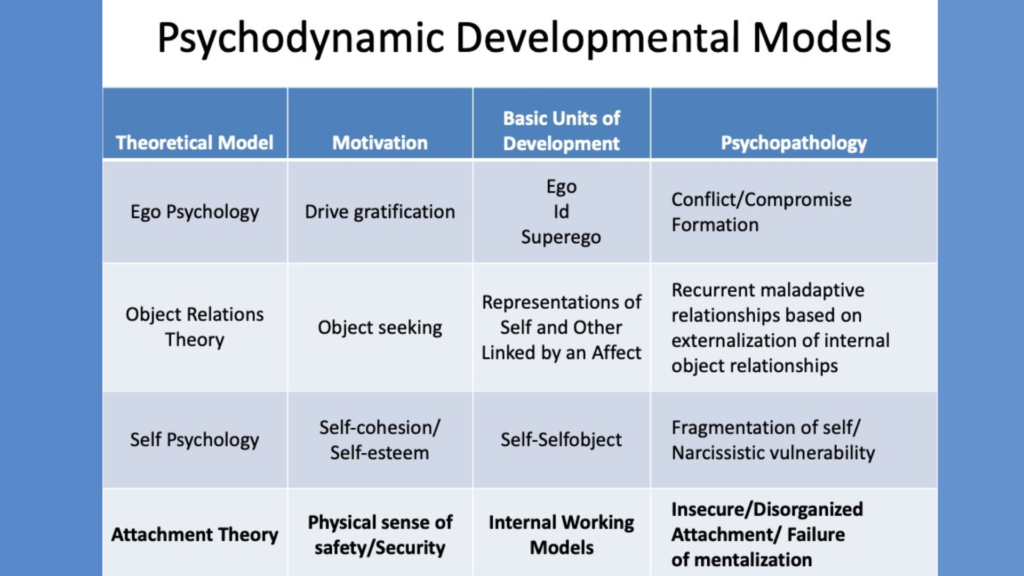
1. Drive Theory
Freud believed that human behavior is driven by three key forces:
- Life Drive (Eros) – The need for love, creativity, and survival.
- Death Drive (Thanatos) – The drive toward aggression or self-destruction.
- Self-Preservation – The instinct to protect oneself and stay safe.
These forces shape how people think, feel, and behave, and social workers help clients understand these influences in a positive way.
2. Ego Psychology
Freud originally thought that a person’s ego (the part of the mind responsible for decision-making) only developed from instincts. Later experts realized that a person’s environment also shapes their personality. This means that people can grow, change, and improve their mental health with the right support.
3. Object Relations Theory
This idea focuses on relationships. It explains that people’s experiences with family, friends, and caregivers shape how they connect with others throughout life. By understanding past relationships, people can build stronger, healthier connections in the future.
4. Self-Psychology
This theory highlights the importance of self-esteem and confidence. It suggests that positive relationships in childhood help people develop a strong sense of self. When someone struggles with self-esteem, therapy can help them feel more secure, confident, and emotionally balanced.
Assumptions of Psychodynamic Theory
Psychodynamic theory is based on a few main ideas:
Every behavior has a reason.
People’s thoughts and emotions are shaped by their past experiences.
Unconscious emotions influence decisions and actions.
Childhood experiences play a big role in adult life.
Both personal experiences and the outside world shape personality.
Goals of Psychodynamic Therapy
Psychodynamic therapy helps people:
- Understand their emotions – Clients recognize their feelings and learn healthy ways to cope.
- Identify patterns in behavior – They discover why they make certain choices and how to change negative habits.
- Improve relationships – Therapy helps people build stronger, healthier connections.
- Overcome avoidance – Clients learn to face difficult emotions instead of ignoring them.
This process leads to greater self-awareness, emotional strength, and personal growth.
Benefits of Psychodynamic Approaches for Clients with Mental Health Issues
Psychodynamic approaches empower clients by uncovering unconscious patterns rooted in past experiences, fostering deep emotional insight and self-awareness. This method helps individuals recognize recurring behaviors or relational dynamics, enabling them to address underlying causes rather than just symptoms. Clients often experience improved interpersonal relationships, emotional resilience, and a stronger sense of agency, as therapy encourages healthier coping strategies and self-reflection. By focusing on the “why” behind emotions, psychodynamic practice supports lasting personal growth and holistic healing.
Research Evidence Supporting Psychodynamic Approaches in Social Work
Studies increasingly validate psychodynamic therapy’s effectiveness, particularly for anxiety, depression, and trauma. Research in journals like American Psychologist highlights its long-term benefits, with clients often sustaining progress post-treatment. Neuroscientific advances also corroborate how emotional processing reshapes brain function, aligning with psychodynamic principles. Organizations such as the American Psychological Association recognize its evidence-based value, affirming its role in fostering meaningful, enduring change within social work practice.
How Psychodynamic Theory Helps Social Workers
Social workers use psychodynamic theory to better understand their clients’ emotions and behaviors. This approach helps them:
- Find the hidden causes of a client’s struggles.
- Recognize emotional patterns and challenges.
- Improve client relationships through trust and understanding.
Over time, social workers have shifted psychodynamic theory from focusing only on individual issues to considering relationships and the environment, making it even more useful for helping people.
Types of Psychodynamic Therapy
Social workers and therapists use different methods to help clients:
- Transference – Clients project feelings onto the therapist, which helps them understand past relationships.
- Free Association – Clients talk freely to uncover hidden thoughts.
- Dream Analysis – Dreams can provide insight into deep emotions.
Each of these approaches offers unique benefits, helping people gain clarity and confidence in their daily lives.
Difference Between Psychodynamic and Psychoanalytic Theories
While psychoanalytic theory refers specifically to Freud’s original model—emphasizing unconscious drives and childhood sexuality—psychodynamic theory encompasses a broader, evolving network of ideas. Psychodynamic approaches integrate later contributions like object relations and self-psychology, focusing more on relationships and cultural contexts. Psychoanalysis often involves intensive, long-term therapy (e.g., multiple sessions weekly), whereas psychodynamic practice is adaptable, blending talk therapy with shorter-term, goal-oriented techniques suited to diverse client needs.
Addressing Cultural Diversity in Psychodynamic Practice
Modern psychodynamic social workers prioritize cultural humility, adapting frameworks to honor clients’ unique identities and systemic realities. By acknowledging historical biases in early theories, practitioners actively integrate anti-oppressive practices, validating how race, gender, and socioeconomic factors shape lived experiences. Techniques like narrative exploration and relational focus help clients contextualize personal struggles within broader cultural narratives, fostering empowerment. This culturally attuned approach ensures therapy remains inclusive, relevant, and aligned with social work’s commitment to equity and justice.
Benefits and Challenges of Psychodynamic Theory
Benefits
Helps people understand themselves on a deeper level.
Recognizes the impact of childhood on adult mental health.
Encourages self-growth and emotional healing.
Challenges
Some concepts are difficult to measure scientifically.
It was originally developed with a limited perspective, but modern psychology is making it more inclusive.
It may take longer than other therapies to see results, but the changes are long-lasting.
Despite these challenges, psychodynamic therapy remains a powerful and effective way to help people improve their emotional well-being.
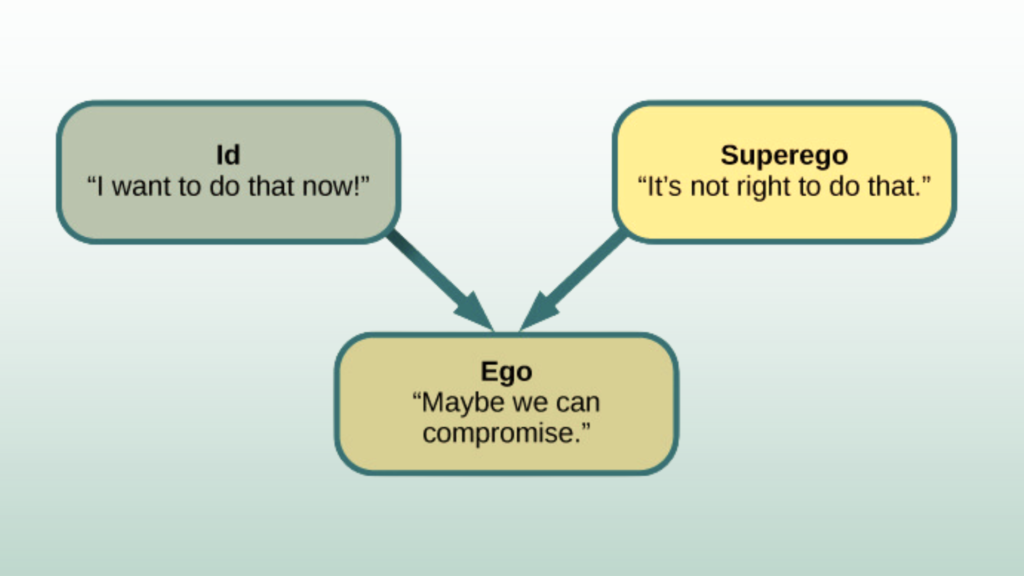
Impotant Theories

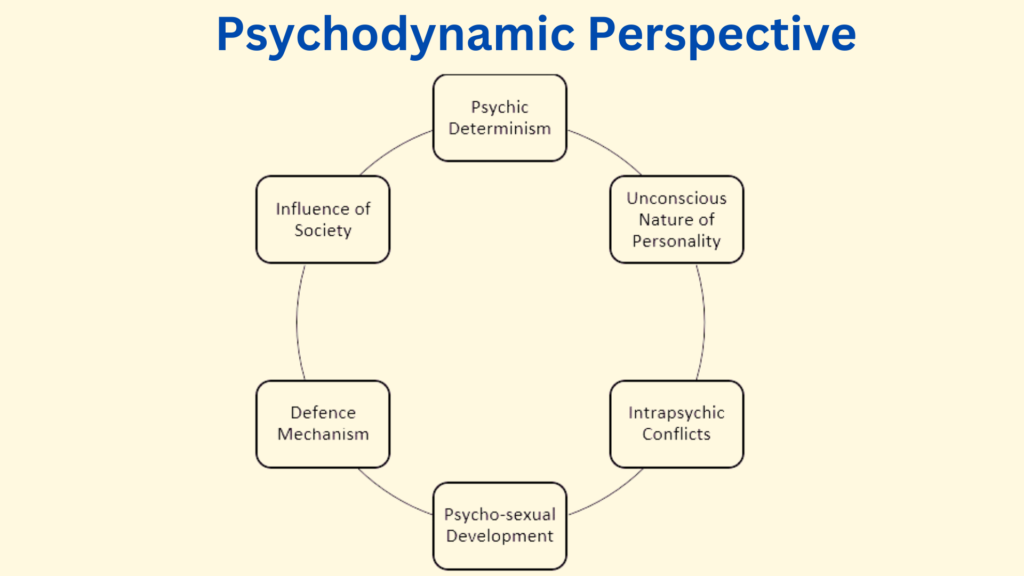
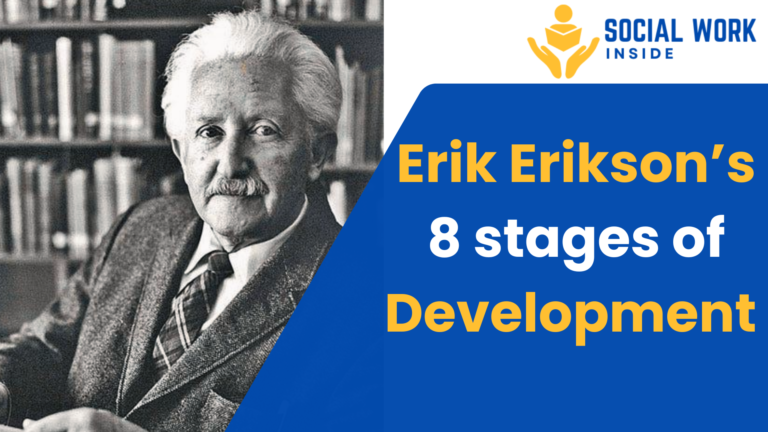





2 Comments